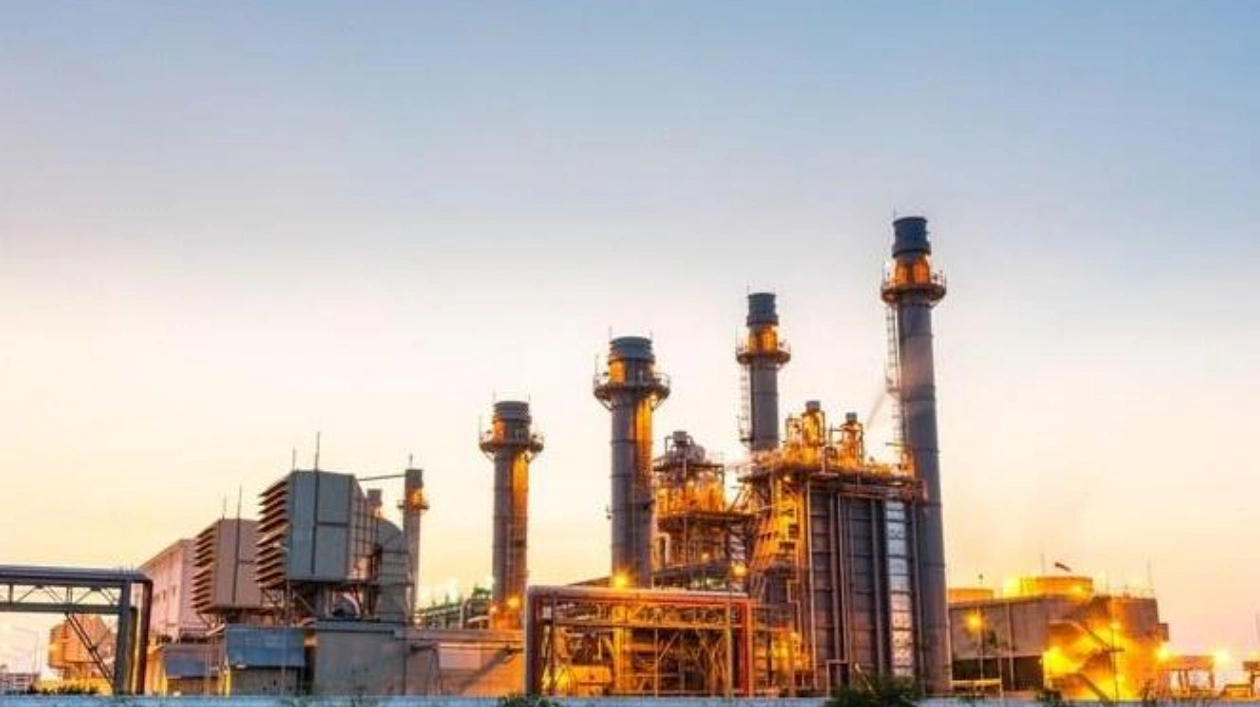LONDON: The world stands on the cusp of a new era in electricity, with fossil fuel demand expected to peak by the end of this decade, according to the International Energy Agency (IEA). This shift could lead to surplus oil and gas supplies, potentially driving investment into green energy.
However, the IEA also highlighted significant uncertainties, particularly given the ongoing conflicts in the oil and gas-rich Middle East and Russia, as well as elections in countries representing half of global energy demand in 2024.
"In the latter half of this decade, the possibility of more abundant—or even surplus—supplies of oil and natural gas, contingent on geopolitical developments, would usher us into a markedly different energy landscape," IEA Executive Director Fatih Birol stated in a release accompanying the agency's annual report.
Surplus fossil fuel supplies could result in lower prices, enabling nations to allocate more resources to clean energy, thereby propelling the world into an "age of electricity," Birol added.
In the short term, the potential for reduced oil supplies remains if the Middle East conflict disrupts oil flows. The IEA emphasized that such conflicts underscore the strain on the energy system and the urgency of accelerating investment in cleaner and more secure technologies.
Globally, a record amount of clean energy came online last year, including over 560 gigawatts of renewable power capacity. In 2024, approximately $2 trillion is expected to be invested in clean energy, nearly double the amount invested in fossil fuels.
Under current government policies, global oil demand is projected to peak before 2030 at just under 102 million barrels per day, then decline to 2023 levels of 99 million barrels per day by 2035, primarily due to reduced demand from the transport sector as electric vehicle adoption grows.
The report also examines the potential impact on future oil prices if more stringent environmental policies are implemented worldwide to combat climate change. In the IEA's current policies scenario, oil prices are forecast to drop to $75 per barrel in 2050 from $82 per barrel in 2023. This compares to $25 per barrel in 2050 if governments align their actions with the goal of achieving net-zero emissions in the energy sector by then.
Although the report predicts a 145 billion cubic meter increase in liquefied natural gas (LNG) demand between 2023 and 2030, this growth will be outpaced by a 270 billion cubic meter increase in export capacity over the same period.
"The surplus in LNG capacity is likely to create a highly competitive market at least until this surplus is absorbed, with prices in key importing regions averaging $6.5-8 per million British thermal units (mmBtu) to 2035," the report noted. Currently, Asian LNG prices, considered an international benchmark, are around $13 mmBtu.






